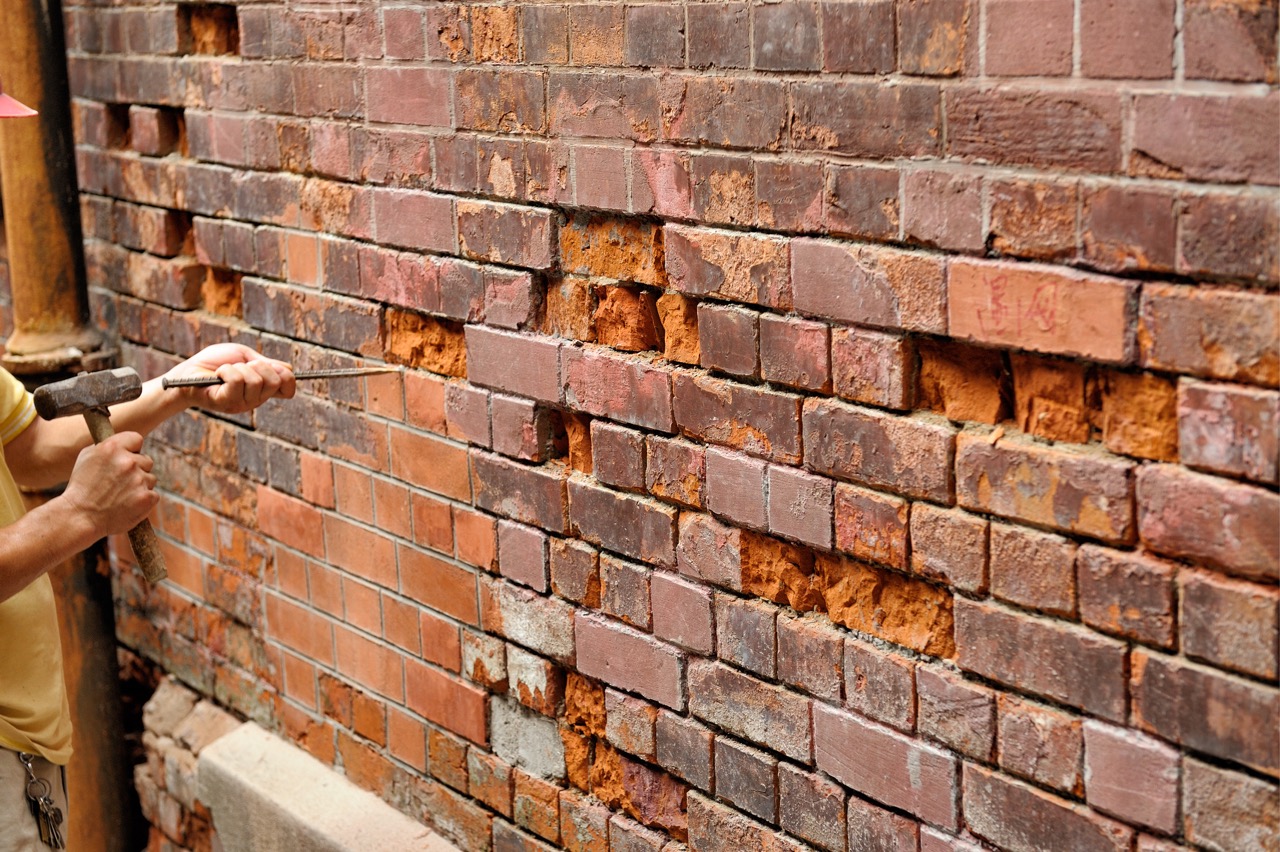Set Up a Chimney Sweep Today for a Tidy and Safe Fireplace
Set Up a Chimney Sweep Today for a Tidy and Safe Fireplace
Blog Article
Unlocking the Tricks of Sustainable Masonry Construction Practices for Eco-Friendly Buildings
Among the myriad strategies to environment-friendly building, sustainable masonry building stands out as a tried and true and durable technique that holds a riches of untapped potential. From the selection of materials to ingenious building and construction techniques, the tricks to attaining sustainability within stonework construction are multifaceted and fascinating.
Advantages of Sustainable Masonry Construction
Embracing sustainable stonework building methods not only reduces ecological effect however also offers lasting financial benefits to contractors and communities. By making use of materials like recycled bricks, blocks, and stones, building contractors can significantly lower the carbon footprint of their projects while advertising source efficiency. Furthermore, sustainable stonework building techniques, such as correct insulation and thermal mass residential or commercial properties, can boost energy efficiency within structures, resulting in decreased operational costs over time.
Moreover, the toughness and durability of masonry frameworks add to long-term economic advantages. Structures created utilizing sustainable stonework practices commonly require much less upkeep and repair service, translating to set you back financial savings for builders and homeowner. The long life of masonry products additionally guarantees that frameworks continue to be stable and safe and secure, reducing the requirement for constant remodellings or substitutes.
Eco-Friendly Stonework Products
Using green stonework materials is a pivotal action in the direction of improving the sustainability of construction techniques and minimizing ecological effect while optimizing long-lasting economic advantages. Sustainable masonry products are sourced, created, and used in a manner that lowers general environmental influence. Sustainable concrete obstructs integrate recycled aggregates and may include enhanced insulation homes, adding to energy efficiency in structures.
Furthermore, all-natural products like adobe, rammed earth, and straw bundles provide superb thermal mass residential properties, decreasing the demand for heating and cooling down power. These products are typically locally offered, advertising local economic situations and minimizing transportation-related carbon exhausts. By choosing environmentally friendly stonework materials, building tasks can considerably lower their environmental impact and contribute to the development of much healthier, more lasting built atmospheres.
Energy-Efficient Stonework Methods
Power effectiveness plays a crucial function in boosting the sustainability of masonry construction practices. One crucial energy-efficient stonework technique is the usage of thermal mass, which includes integrating dense materials like concrete or brick into the building's framework to take in and store warm.

Technologies in Lasting Masonry
Recent developments in lasting stonework techniques have actually brought around cutting-edge techniques that are improving the building and construction market. One such innovation is the growth of self-healing concrete, which makes use of bacteria embedded within the concrete to recover cracks autonomously. This development not just decreases upkeep costs however additionally boosts the resilience of masonry frameworks, adding to their sustainability.
One more significant technology is the usage of recycled aggregates in stonework building and construction - masonry contractor. By incorporating products such as crushed ceramic waste or recycled glass right into concrete mixes, building contractors can reduce the environmental impact of construction projects while click site preserving structural integrity. This method not only diverts waste from landfills however likewise preserves natural resources, making it a key innovation in sustainable stonework building
Moreover, the assimilation of electronic design devices, such as Building Info Modeling (BIM), is transforming the method stonework structures are prepared and constructed. BIM permits more exact computations, minimized product waste, and enhanced energy performance, eventually leading acc concrete to more lasting building techniques. These advancements collectively represent an encouraging future for lasting stonework construction in the period of environmentally friendly structures.
Future Trends in Stonework Sustainability
With the cutting-edge strides made in lasting masonry practices, the future patterns in stonework sustainability are positioned to more change the building sector. Among the vital trends forming the future of stonework sustainability is the boosted assimilation of innovation. Innovations such as Structure Information Modeling (BIM) and virtual truth simulations are being used to optimize stonework building processes, leading to decreased product waste and improved energy effectiveness in structures.
In addition, the growth of unique lasting check here products is set to play a considerable duty in improving the eco-friendliness of stonework construction. masonry contractor. Advancements like self-healing concrete, recycled accumulations, and bio-based binders are acquiring traction for their ability to reduce environmental effect while maintaining structural honesty

Conclusion
Finally, sustainable masonry construction methods offer countless advantages for eco-friendly structures. By making use of environment-friendly products and energy-efficient techniques, masonry can add to a much more lasting constructed setting. Innovations in lasting masonry are continually being established to additionally boost the ecological performance of structures. Looking towards the future, the trend of stonework sustainability is expected to grow, resulting in more ecologically friendly and energy-efficient building and construction practices in the years to come.
Report this page